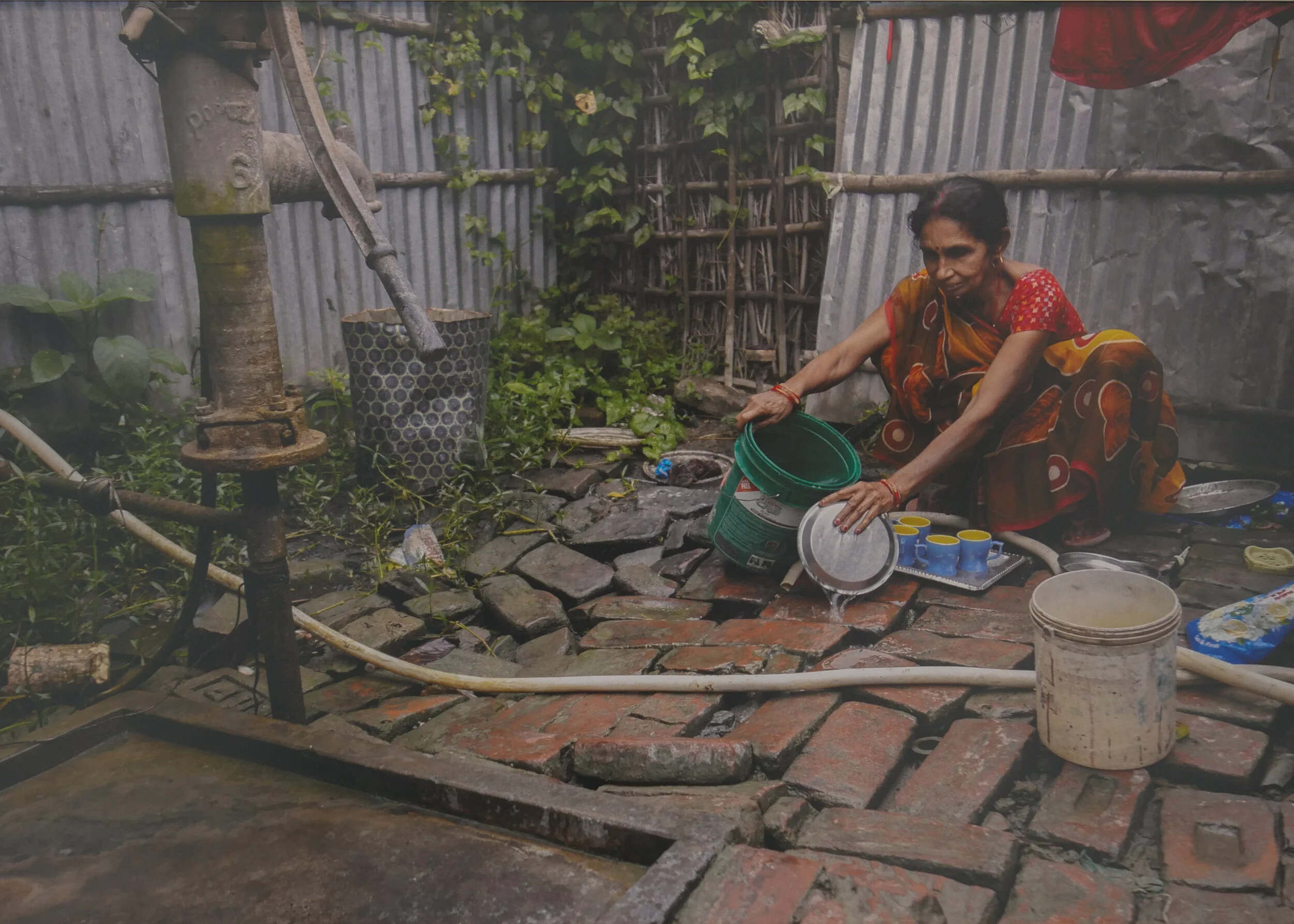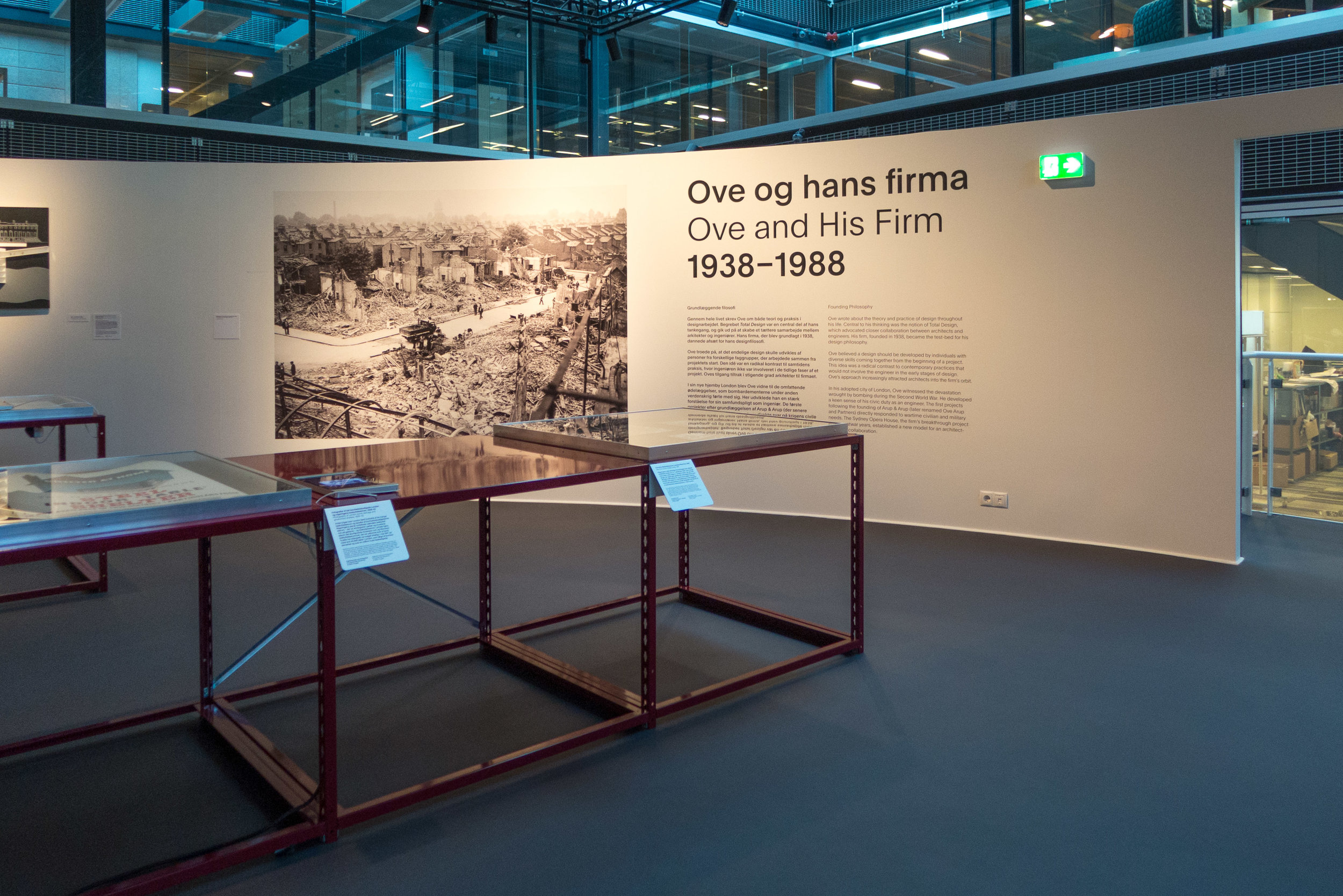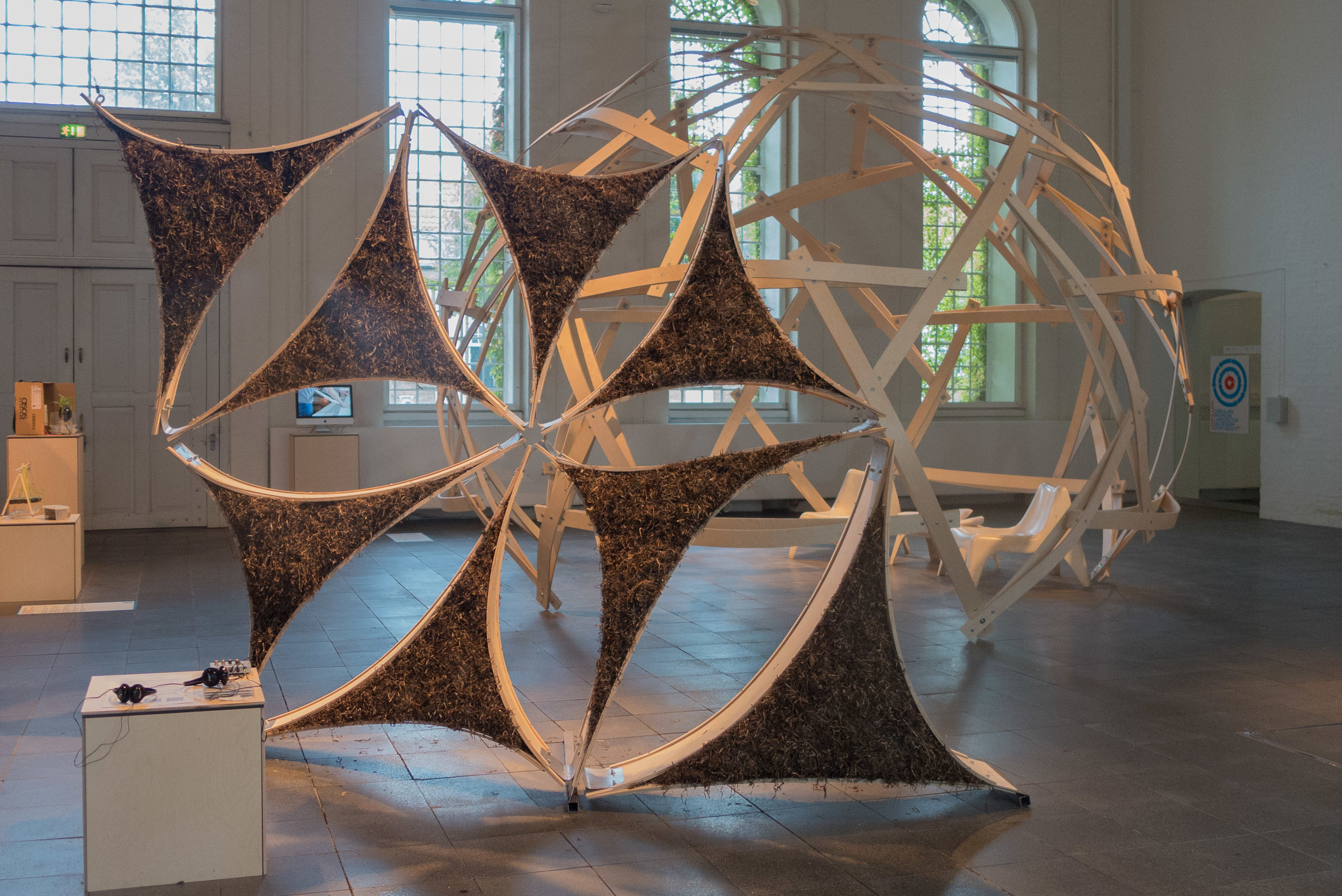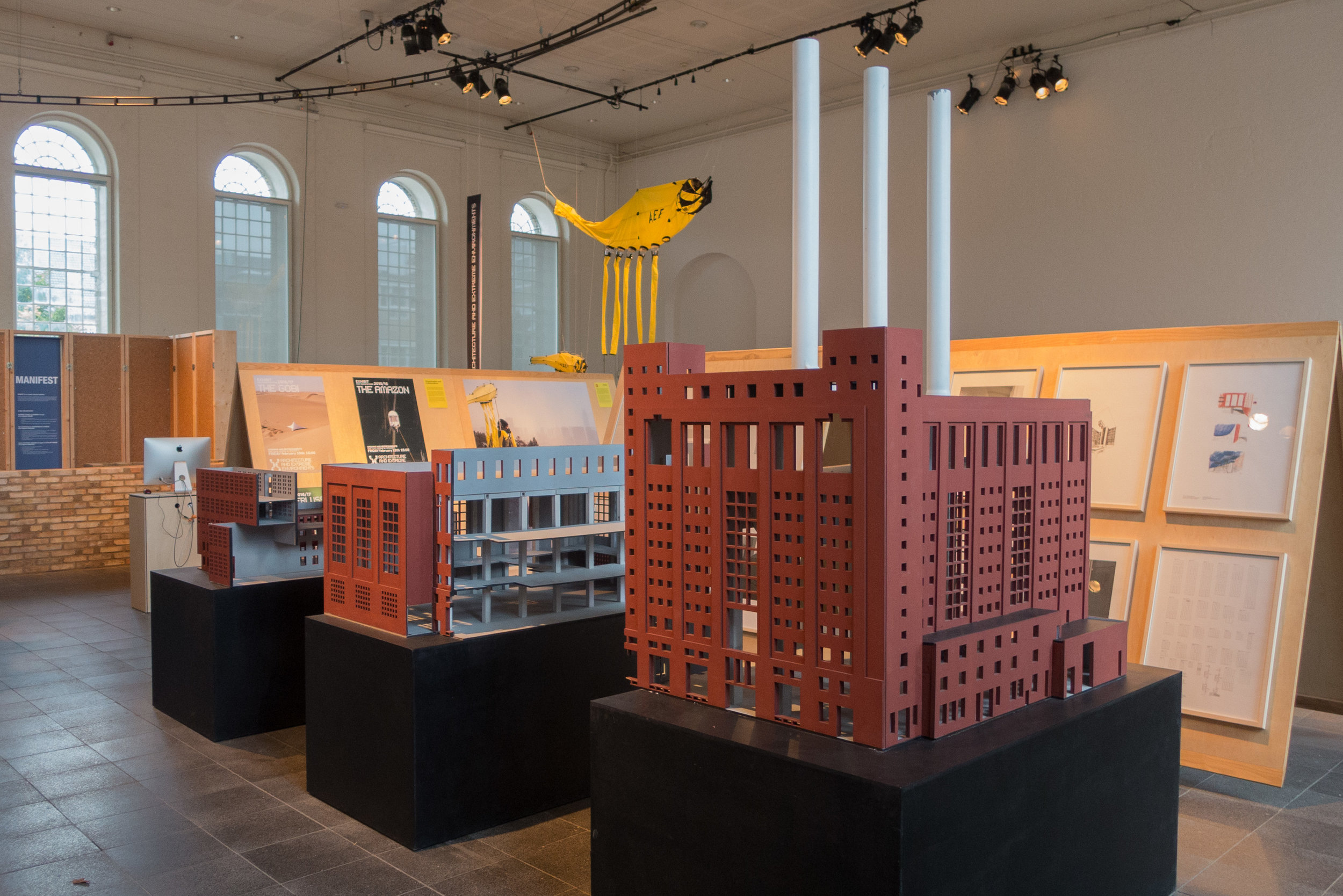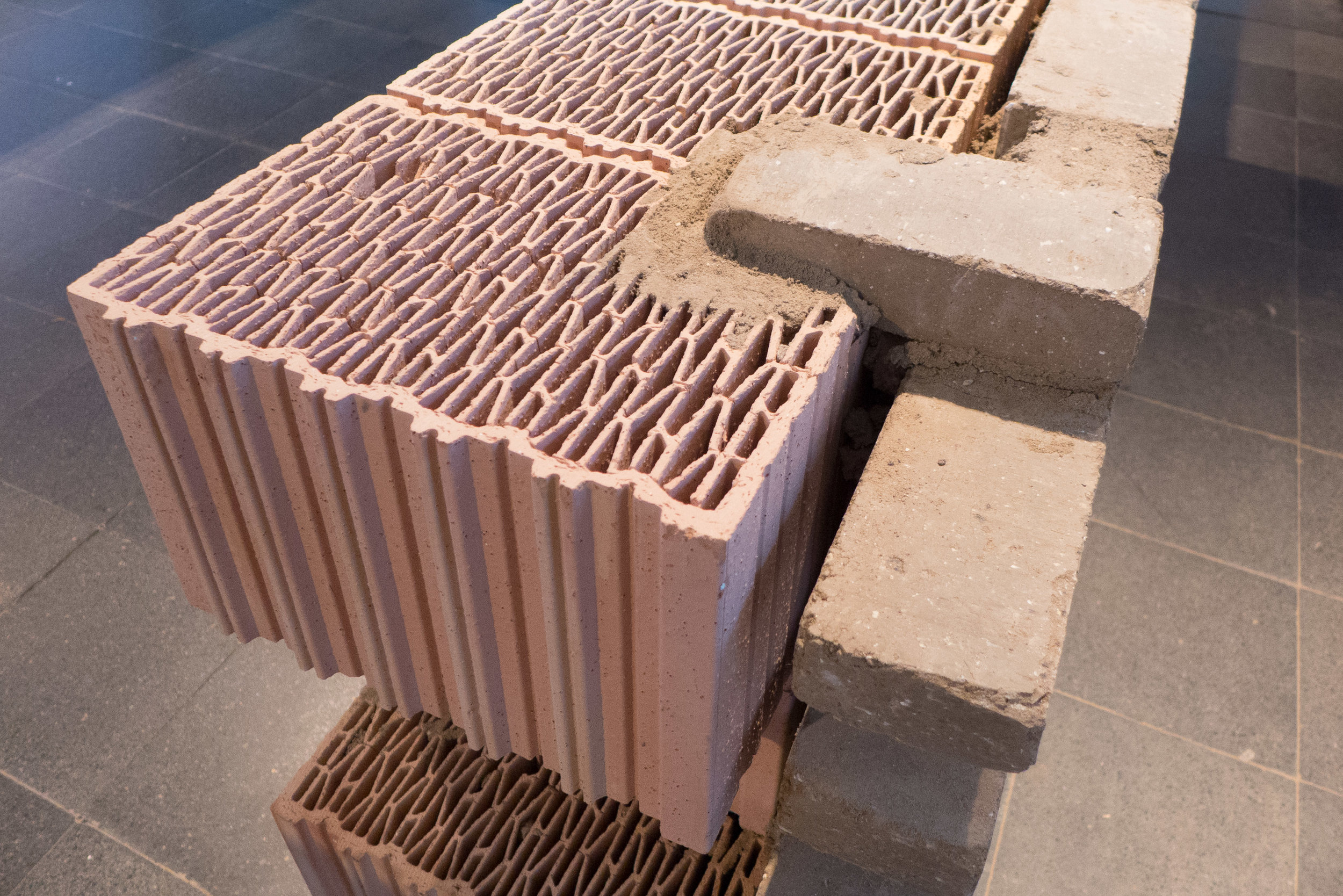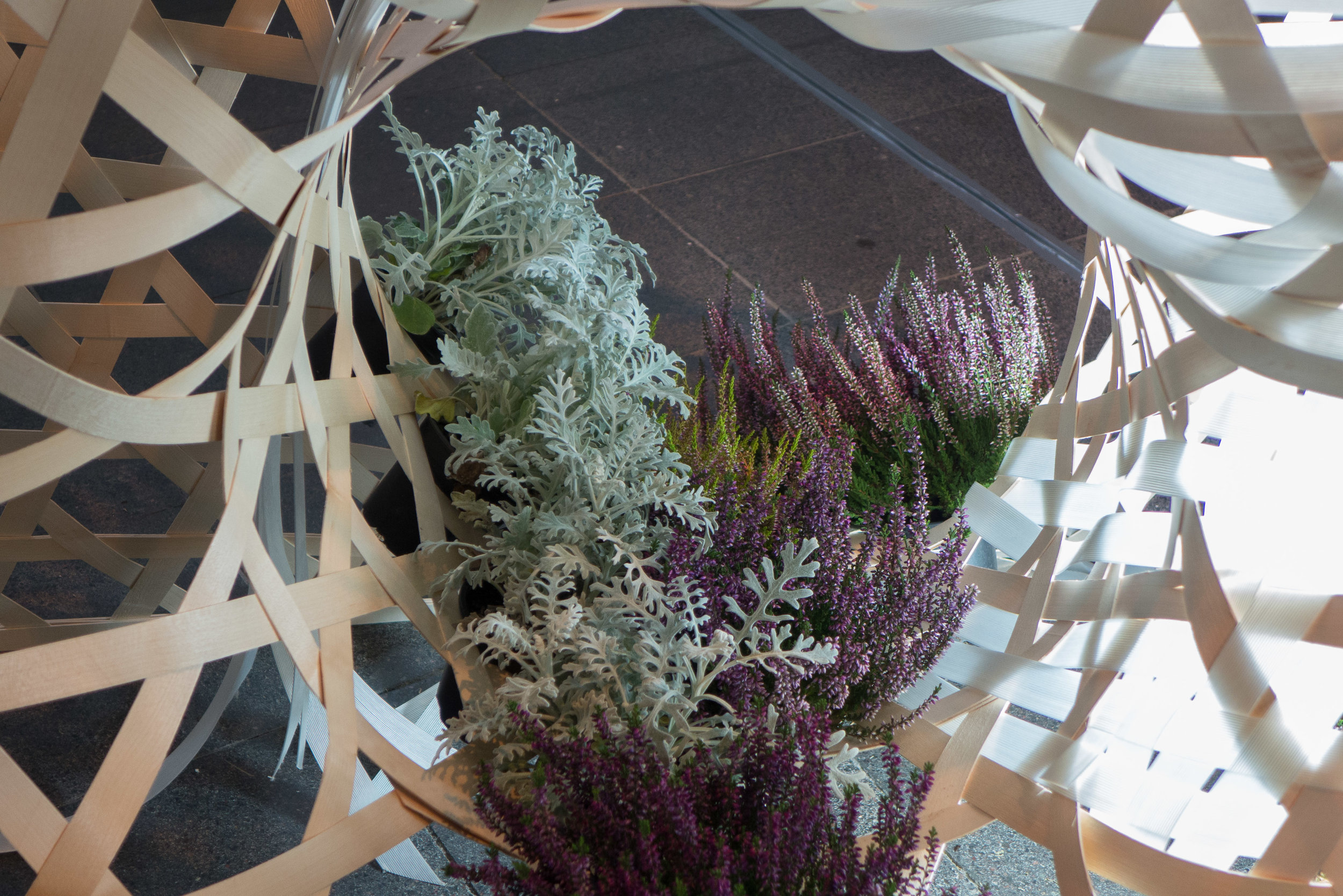Space Saga at the Danish Architecture Center
/Space Saga - a new exhibition about recent research into how people could live on the moon - has just opened at the Danish Architecture Centre and in time for the start of the school winter holiday.
There are certainly plenty of things to occupy children and trigger their imaginations - including a chance to build a moon module in Lego - but intriguing and complicated concepts are also explored that apply more widely to life down here on earth ….. so, for instance, on how light or lack of light effects our sleep patterns, and with a direct impact on our mental and physical health, and important questions are raised about the food we need rather the food we want and the importance of smell and taste in our lives.
With space exploration, there is the stress of very real isolation or, rather, isolation with a few other people in a tightly-confined space so this exhibition is, in part, about how humans have been such a successful animal because we find the ways that help us adapt to even the most extreme and hostile environments.
At the centre of the exhibition is the Lunark module from SAGA Space Architects that was built to help understand how people could survive if a long-term or even a permanent settlement was established on the moon.
In 2020, Sebastian Aristotelis and Karl-Johan Sørensen took the pod to Moriusaq -a bay over 1,000 kilometres north of the Arctic Circle in Greenland - where, for 60 days, it was a base for them to investigate the “psychological effects associated with isolation” in an extreme and hostile environment.
The form of the pod, with interlocked and hinged panels, was inspired by Japanese origami so it could be collapsed down for transport but, unfolded, held within a light aluminium frame and anchored down, it formed a stable structure.
I would not survive for long in such a confined space … I find it difficult to cope with small spaces so I need to look out at sky and light at regular intervals and I tend to pace up and down at regular intervals as I work. On top of that, I suffer badly from SAD during long winter nights so would certainly have failed any profiling tests for selection for this trial although, on the plus side, and for reasons I’ve never been able to fathom, I have never suffered from travel sickness or jet lag so maybe not a complete non starter.
When you look inside the pod, it’s clear that it was designed primarily as a tightly-organised lab in which to work because there is no real space for anything else. There is a small table or workbench on each side, that can be folded back, and with two chairs and a very small stove on the floor - cooking was basic so about boiling a kettle for hot water to rehydrate dried food - and, above on each side, there are cramped bunks buried into the thick insulation panels. In the small lobby of the entrance, or what is euphemistically called the airlock, there is a toilet and that is about it.
The mission was the subject of a series of programmes - Eksperimentet: 60 dage på månen - that were broadcast in June 2021 but can still be viewed on the DR tv channel (in Danish).
A Space Saga
Danish Architecture Centre
from 12 February to 4 September 2022

